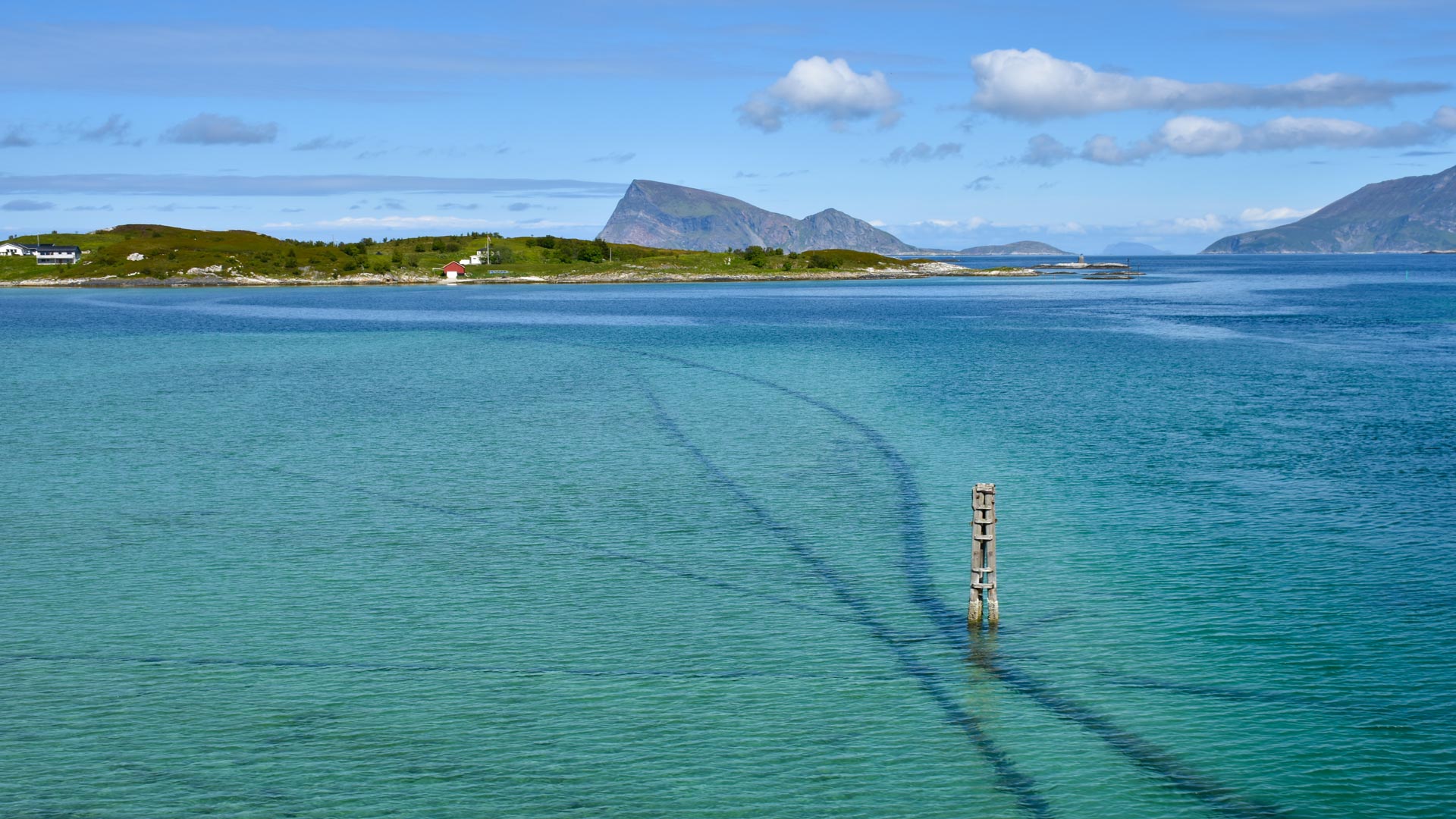
30 Jun Submarine Fibre Optic: Helping Track Whale Movements
It goes without saying that fibre optic has long since replaced twisted-pair cables to meet the modern world’s connectivity requirements thanks to its bandwidth, latency and security standards. The vast majority of these modern cables are laid far out of view of users, which is why many people aren’t even aware of the essential role they play in our everyday communications.
However, this type of fibre optic is still only responsible for a relatively small portion of the communications networks in our cities and countries around the world. But it’s thanks in no small part to this vital infrastructure that we can access the Internet on both a domestic and national level. The bulk of data – an impressive 99% of it – moves between continents and connects giant communication nodes using vast and enormously long submarine fibre optic cables. These are the cables that mean we can enjoy the Internet and all its connectivity services. But scientists have recently discovered some altogether more surprising benefits of these powerful utilities…
The longest fibre optic cables in the world
The submarine fibre optic cable that stretches over the greatest distance is the SeaMeWe-3, which snakes across a total of 30 countries and a distance of 39,000km, practically the same distance as the circumference of the entire planet.
Not far behind is the FLAG/FEA, which makes landfall in Spain in Estepona, Malaga. Spain is home to another highly important cable known as Marea, which connects the United States with Western Europe and has an active node in Vizcaya. Its enormous capacity is big enough to transfer 80 million videos at once, or carry 5 billion simultaneous conversations, moving data equivalent to ten 1TB disks in just half a second.
Other applications of submarine fibre optic
Given their placement on the seabed and the characteristics of fibre optic technology itself, many scientists – including oceanographers and marine biologists – are beginning to explore new ways of using these cables to improve our lives beyond communications.
One such initiative is taking place at the Centre for Geophysical Forecasting at the Norwegian University of Science and Technology (NTNU). With the help of two parallel underwater fibre optic cables, they were able to continuously monitor eight fin whales for five hours over an area of 1,800km2 around the Norwegian arctic archipelago of Svalbard.
DAS, the key to the discovery
The scientists achieved this breakthrough thanks to a system called Distributed Acoustic Sensing (DAS). According to Martin Landro, one of the participants and NTNU project managers, the system uses an instrument called an interrogator, which sends laser pulses to a fibre optic system before recording the returning pulses of light.
This turns the fibre optic cable into a sort of hydrophone or underwater microphone that, in Landro’s own words, will eventually allow us to spy on “virtually anything”. In the case of the whales, the team was able to track them in real time to within a hundred metres across a vast area of almost 2,000km2, recording hundreds of hours of calls and songs produced by these magnificent cetaceans and allowing them to be permanently geolocated.
Although use of the DAS system opens up many possibilities for monitoring the behaviour of large animals, including whales, as well as their migratory patterns, it could also be useful in the near future to help develop systems for tracking and detecting large objects at sea, like ships. By combining the listening capabilities of submarine fibre optic with real-time marine weather forecasts, we could even help avoid shipping accidents in real time, significantly improving both navigation, transport and maritime trade.

